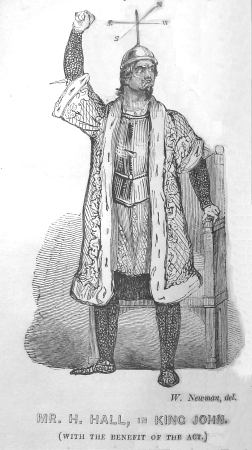Starting July 5th the ASC offices would be forever changed. The events of July 22nd as it were, are no more than a physical manifestation of the literal transformation that began the day ASC intern Kyle Oram arrived. Heralding from Utah Valley University, this intern has embarked on a mission... a mission never before undertaken by interns past and present... The mission of the annotated bibliography on early modern theater structures! Upon arrival he began weaving a story that rivals in its scope and awesome wonder even the best theatrical trailers for Mission Impossible IV. In his daily work he combines the Tom Cruise run with DaVinci Code-esque research montages.

Given the extremity of his schedule in completing the impossible mission, we are unquestionable grateful to get a glance at his work, and bring you the Early Modern Theater book of the Week!
That’s right, each week, the interns’ blog will be featuring one of our heroic intern’s favorite references on the early modern theater. Today’s feature:
The Shakespearian Playing Companies by Andrew Gurr
The observant reader may offer a riotous objection to this selection, recalling that the bibliography is to deal with “Early Modern Theater Structures.” This book, by its title, indicates an examination of the companies rather than the structures in which they played. However, the construction of my bibliography has led to an interest that goes beyond structure to the actual workings of the Theaters and their relationship to the players and community. In this respect Gurr’s work always provides rich details. One particularly notable account details the penalties set forth in an actors contract working for Henslowe (pg 99). The evident priority in severity of punishment reveals something about the acting culture of the time. The theaters had been extant for decades by 1614 and the contract consequently was wisely specific.
- Rehearsal missed: 1 Shilling
- Failure to be dressed and ready for afternoon performances: 2 Shillings
- Judged to be drunk at playing time in the opinion of four sharers: 3 Shillings
- Failure to attend performance1 pound and forfeiture of his share of gallery takings: 10 Shillings
- Wearing any of the company's apparel outside the playhouse: 40 Pounds!!!
- Carrying on the legacy of Will Kemp... Priceless
There are some things money can't by, but for everything else there's Henslowecard.
This resource also provides unique anthologies of the companies at-a-glance. At the end of each chapter is a detailing of the companies plays, managers, players, playhouses and travelling records. It is a feature that makes this book invaluable in piecing together the history of the playhouses in Elizabethan England...
But you don’t have to take my word for it.
Ba dum duh!
-Kyle





